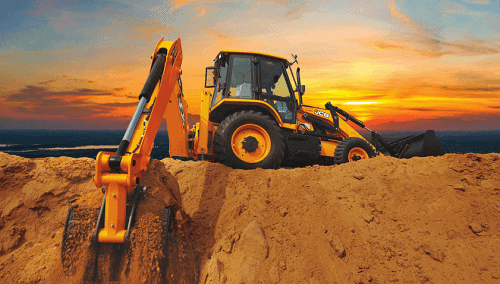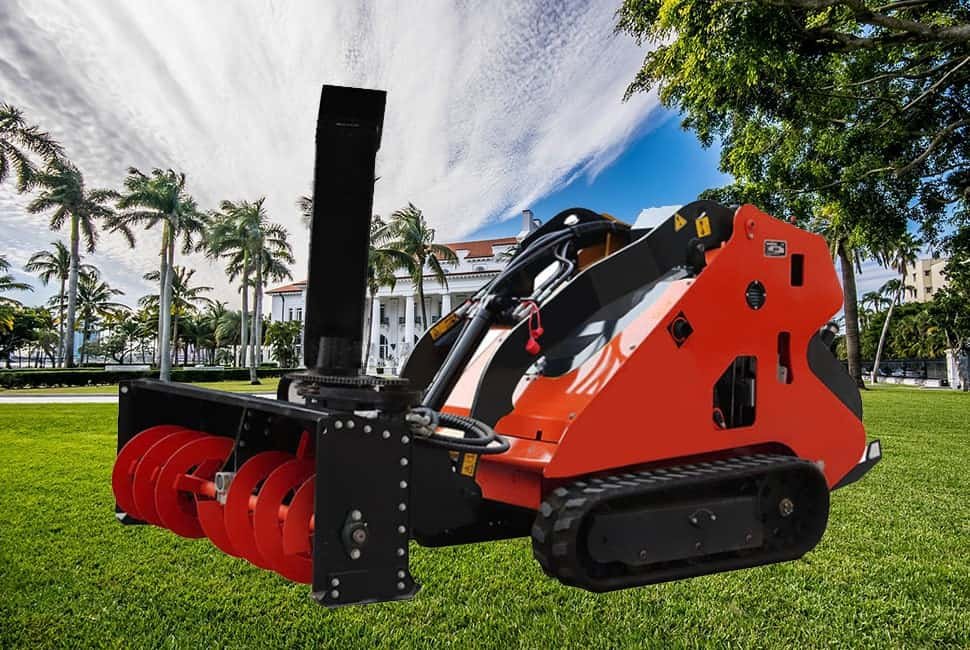مقدمة
Backhoe loaders are versatile, heavy-duty machines that can perform various tasks. Because of the front and rear attachments, these machines can serve as excavators and general-purpose machines. A حفار can be used for various excavation and earthmoving tasks.
Backhoe loaders are exceptionally versatile machines, with one end used to dig and the other one to move it. As a result, they are particularly abundant on many work sites. They have an operating depth of 12–14 feet and a horsepower rating of 20–100 hp. Due to their adaptability, backhoes are frequently used on construction sites for removing trees and transporting supplies.
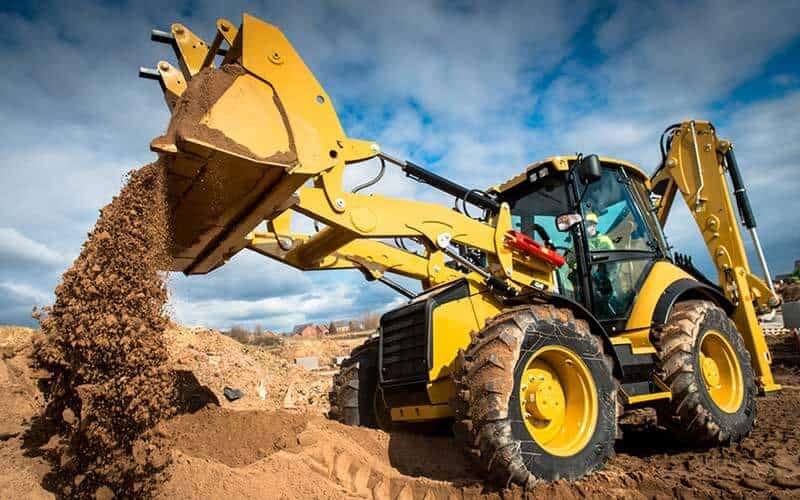
Various manufacturers produce backhoes in a wide range of sizes and specifications. It is not always simple to decide which backhoe will be most beneficial for your work. It’s crucial to have a comprehensive guide to select the most appropriate backhoe loaders. This article will provide the ultimate guide about the backhoe loader.
What Is a Backhoe Loader?
The term “backhoe” refers to either the trailing or leading attachment. The front loader and the backhoe of the machine are separated from one another by a tractor. Backhoes are also known as rear actors and back actors. It is a digging tool with a digging bucket attached to the end of a two-part arm. Mostly it is hooked up to the back of a tractor or front loader, which makes a “backhoe loader.”
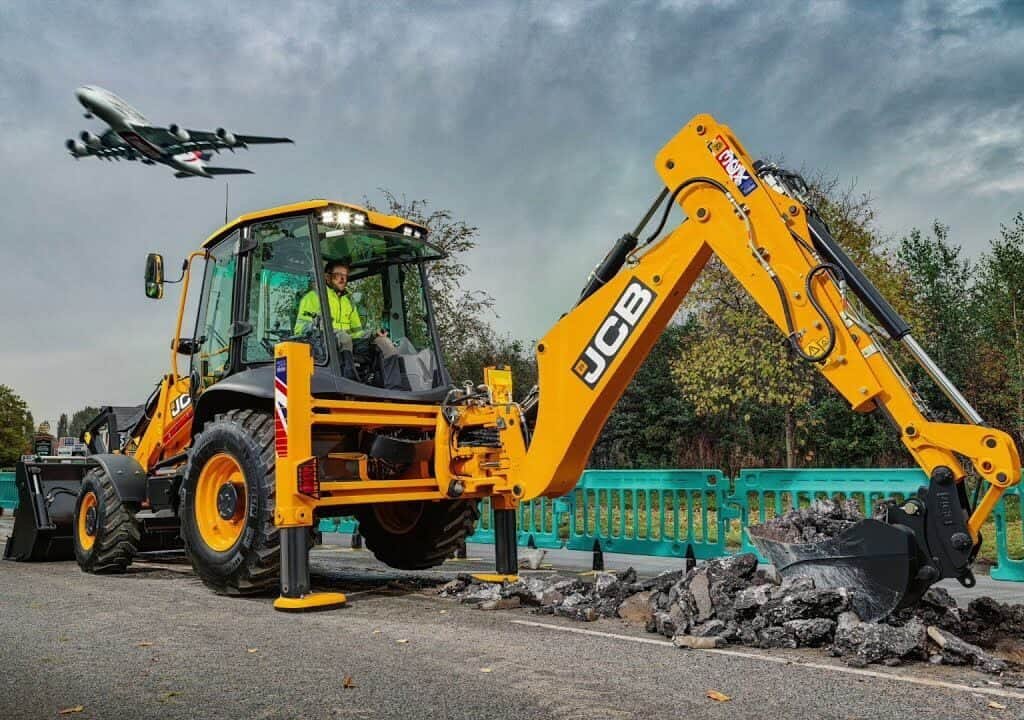
The backhoe and the excavator are digging machines with articulated booms and buckets. That’s why the two machines are mistaken for each other. However, excavators aren’t equipped with a loader up front.
What Are the Benefits of a Backhoe Loader?
A backhoe accompanies numerous advantages. Here are a few reasons you may want to use one on your worksite.
- Backhoes can function on various terrain types, particularly rocky soil and uneven ground.
- They can handle both flat and uphill areas.
- Backhoes are multipurpose. They can dig, demolish, move, landscape, crack asphalt, and pave roads with their bucket and digging arms.
- Backhoes are available in various sizes. Try a mini backhoe for small projects. Larger sizes provide more horsepower and digging depth.
- Backhoe loaders are sturdy machinery. Stabilizers on a backhoe prevent it from toppling over and increase its leverage.
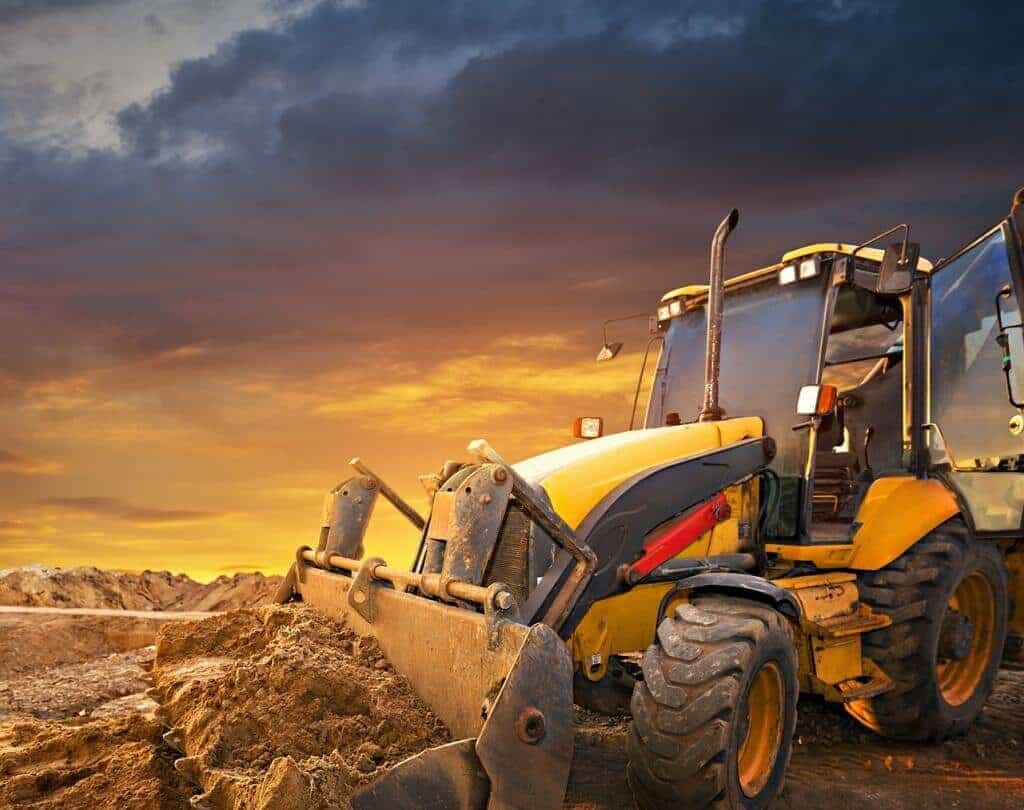
What Is the History of a Backhoe Loader?
Mini-excavators and skid steers have significantly reduced the need for traditional backhoe loaders. However, contractors continue to appreciate them due to their adaptability and capacity to perform various tasks quite well. In July 1947, Vaino J Holopainen and Roy E Handy, Jr. built the first backhoe swing frame. The first backhoe was launched when the hydraulic system was devised.
A year later, the invention was patented, and the two persons founded the firm Wain-Roy. The hydraulic guiding arm enabled it to move to the side of the bucket because of a revolutionary technology swing frame. In 1948, Wain-Roy Company sold the first hydraulic backhoe ever produced. During 1948 and 1954, Wain-Roy sold roughly 7,000 machines, primarily through Ford dealers.
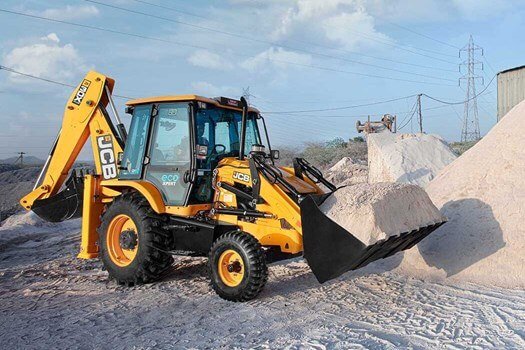
1948 marked the introduction of the first European hydraulic loader by JCB. Joseph Syril Bamford founded JCB in England by developing two-wheeled trailers. In 1957, CASE Corporation created the first backhoe loader with factory integration. Before JCB’s arrival, American developers and farmers were already familiar with the adaptability and power of the backhoe.
Practices for the Safe Operations of a Backhoe Loader
Some easy precautions to take are to:
- Wear a seatbelt at all times.
- Drive at no more than five mph on the job site.
- Always inspect blind spots before moving.
- Avoid using a bucket to lift or pick people up.
- Don’t ever exceed the permitted operating weight of the vehicle.
- Travel with loads low or somewhat close to the ground.
- Be aware of visibility when relocating loads or material.
- Don’t ever operate it. First, have the stabilizers down.

Potential Hazards for Backhoe Operation
Like with the operation of any piece of heavy equipment, backhoes have a series of hazards and dangers. It is always important to only operate the equipment after receiving proper training. Never use a backhoe or any other equipment if it is unsafe to do so. Working too close to an edge and operating on steep or uneven ground are the leading causes of accidents.
Take the planning stage seriously and always review site plans. Survey a worksite for hazards and circle-check equipment before beginning to operate. Other hazards backhoe operators should watch out for include;
Too high a bucket height: This is especially dangerous if the equipment is on unstable ground, as it could cause the equipment to tip over.
Operating on a steep slope: They can overturn or flip over, so take caution when operating on a steep slope.
Not wearing a seatbelt: Falling out of the cab can put the equipment, the operator, and others around the machine in danger. Always wear a seatbelt.
Hitting an object: When working on rough terrain, be aware of people, buildings, trees, or objects around the equipment.
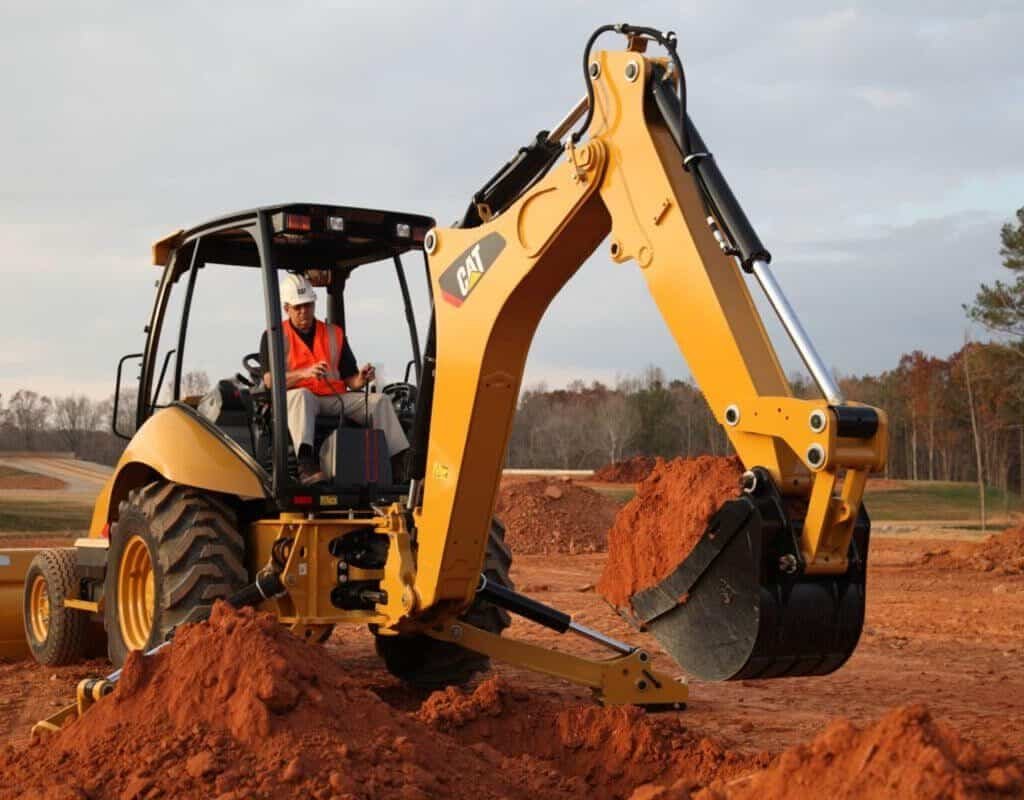
What Are Some Famous Backhoe Loader Manufacturers?
Several companies in the United States and Europe manufacture backhoe loaders. The following is a list of well-known backhoe models and manufacturers.
جون ديري
The 710L is a giant John Deere backhoe with a 148 hp engine at 2,240 rpm and a maximum operational weight of 11,607 kg. The John Deere 310 is the most miniature backhoe. It has 69 horsepower and weighs 13,882 pounds, making it one of the lightest backhoes on the market. h However, it can dig up to 13 feet and 8 inches deep, giving it a lot of versatility.
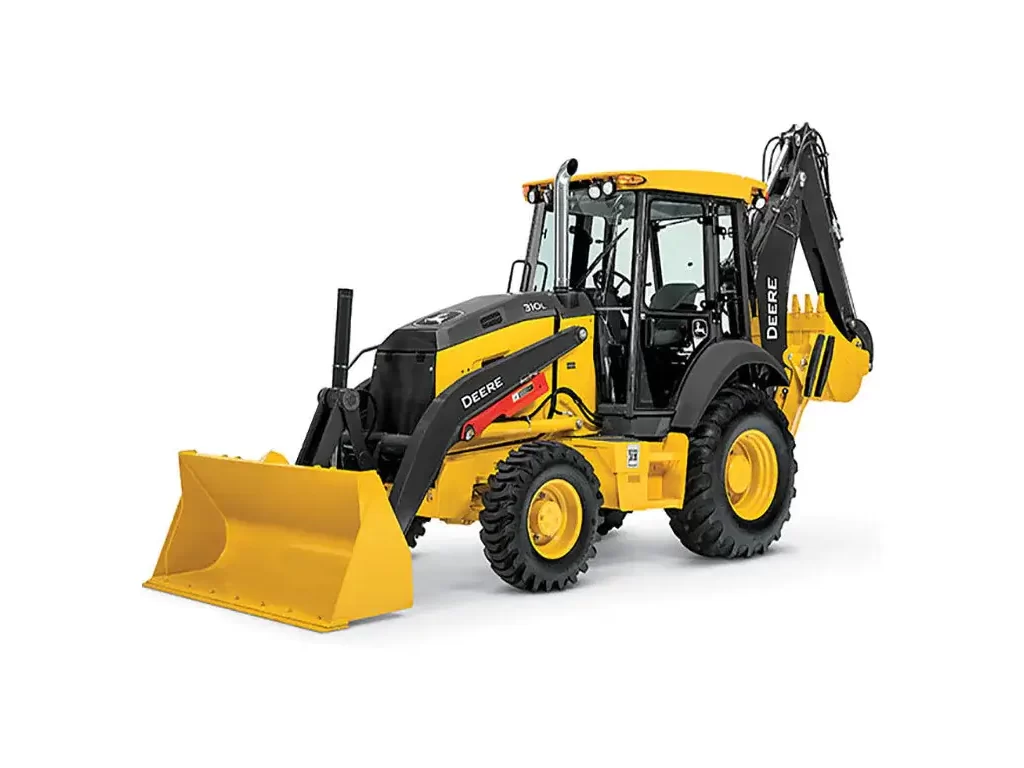
Caterpillar
Caterpillar is responsible for producing a wide variety of backhoes and accessories. Some different varieties of CAT backhoes available include the 415, 416, 420, 420 XE, 430, and 450. The CAT 450, their best model, is equipped with an innovative hydraulic system and an engine that produces 131 horsepower. Their smaller backhoes are represented by the model numbers 415 and 415 IL. Both of these models have 70 horsepower engines.
Soil excavation buckets, coral buckets, ditch cleaning buckets, and rock buckets can all be added to these machines. CAT manufactures rakes, angle blades, asphalt cutters, and material handlers for its loaders.
جي سي بي
JCB, the world’s largest manufacturer of backhoes, sells more backhoes than all other manufacturers. The most common model is the JCB 3CX 15 Super Backhoe, which has a 109 hp engine. The most miniature model is the 1CXT, which the 3CX Compact, 3CX, 3CX-14, 3CX-14 Super, 4CX-14 Super, and 4CX-15 Super follow.
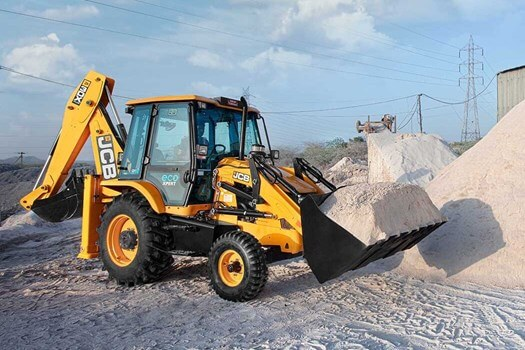
Kubota
The heaviest Kubota backhoe model weighs 8,925 pounds that are specially designed for small-scale operations. It is a hybrid version of tractors and regular backhoes. They are advertised as tractor-loader backhoes. Kubota backhoe models include the B26TLB, L47TLB, and M62TLB.
The numbers in the names represent the horsepower of the machines. Kubota does not manufacture backhoes to compete with the other brands on this list; instead, it operates in its lane.
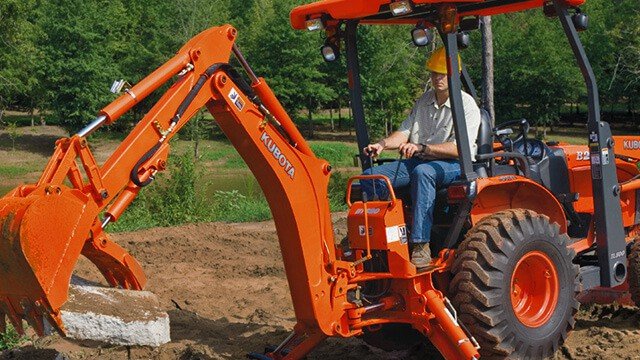
CASE
It began as a manufacturer of road construction equipment. Now has grown to become one of the largest manufacturers of all construction equipment in North America. In 1957, CASE introduced the Model 320, the first factory-integrated tractor loader/backhoe.
CASE’s backhoe portfolio includes five N-Series models. These models include 580N EP, 580N, 580 Super N, 580 Super N WT, and 590 Super N. For the second year in a row, the CASE 580N Series achieved Equipment Watches Highest Retained Value Award. Their most common model is the 580 case backhoe.
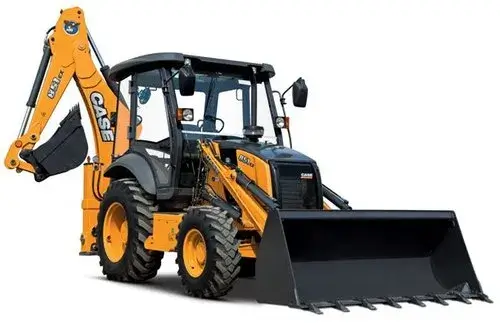
New Holland
New Holland is the final manufacturer on this list. The B110C, B95C, B95C TC, and B95C LR are their four models. Because none of New Holland’s backhoes have less than 95 horsepower, they are among the most powerful on the market.
All of their machines have operating weights ranging from 17,560 to 18,525 pounds. The lifting capacity ranges from 7,600 to 8,000 pounds. Their equipment only covers a restricted range of standards, and they are the least adaptable producer.
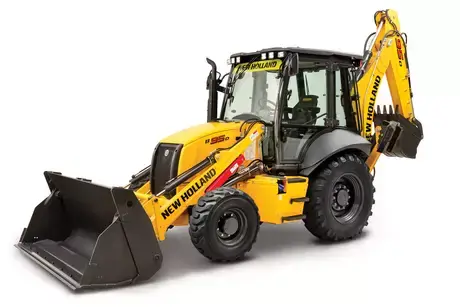
Final Thoughts
Backhoes are essentially a cross between a bulldozer and a mini-excavator. This machine is excellent for medium-sized activities, with the loader bucket in front and the excavator in the back. The most critical backhoe requirements will vary depending on the project. Backhoe sizes and models are influenced by characteristics such as horsepower, digging depth, and operational weight.
The bigger the operational weight, the better the horsepower, lift capability, and excavation depth. Backhoes have a much more comprehensive range of attachments and can be driven on roadways. Before using this equipment, safe working conditions and potential hazards must be reviewed.

